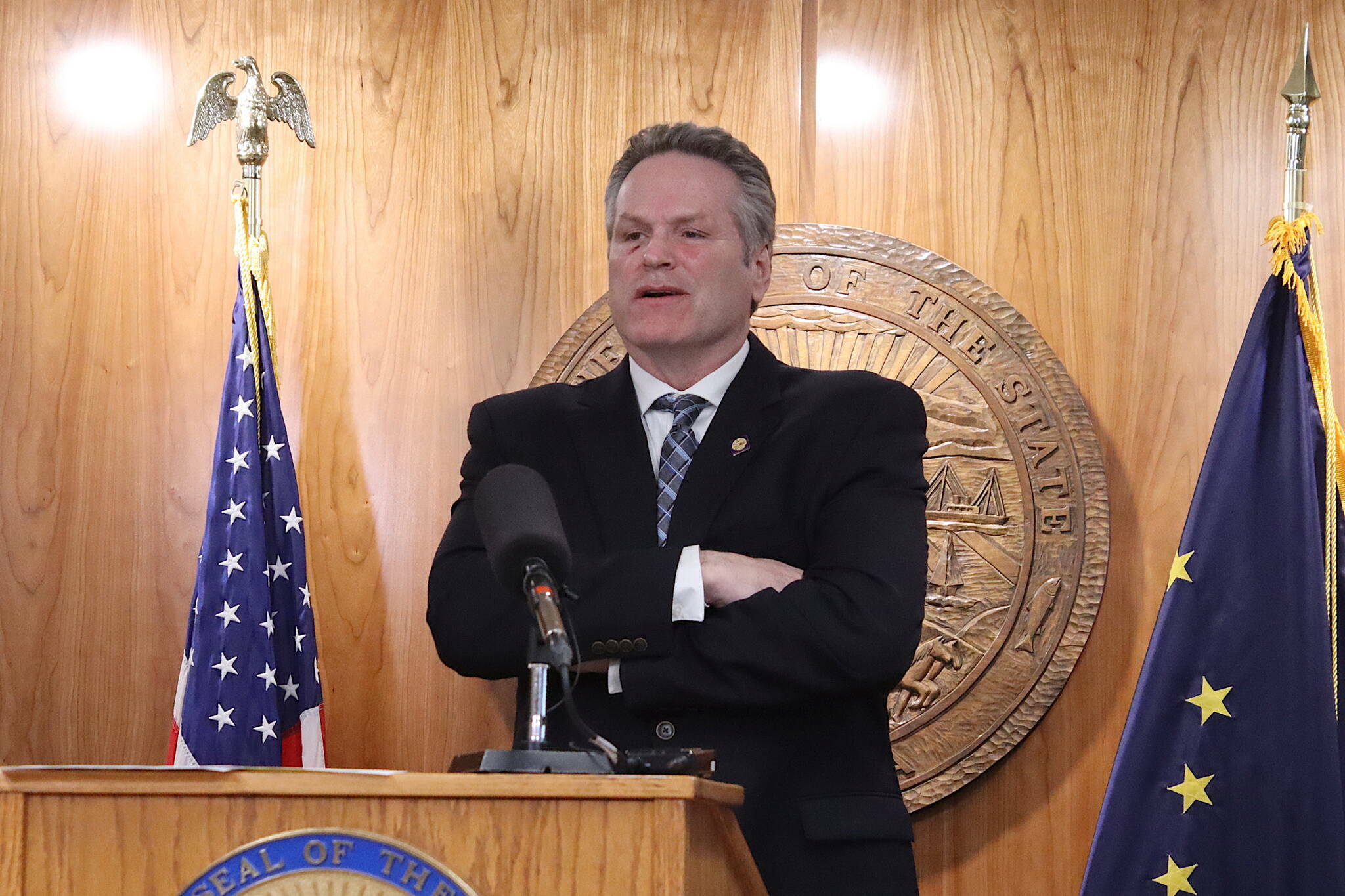Failure. That’s the only word to describe the six years of Gov. Mike Dunleavy’s tenure. He not only promised a lot and delivered almost nothing. If state government was a private business, he would have run it into the ground.
Or maybe that was his intent.
It was a little more than a year ago that Alaskans learned that many state employees had experienced delays in receiving their paychecks. In an email to commissioners of every department, Chief of Staff Tyson Gallagher explained that the problem was “primarily due to excessively high vacancy rates at Payroll (over 40%).” He stressed the importance of getting “this fixed immediately.”
Well, it appears to still be a problem.
According to Heidi Drygas and Jordan Adams, “Thousands of employees have reported payroll problems including errors in overtime, hazard pay, merit increases, personal leave, per diem” and once again “failure to be paid on time.”
Drygas and Adams are officials for two state employee unions. They suggest that the “understaffing and internal instability” at the payroll office “bear the signature of a state agency made to fail.”
That’s a bold accusation. But as evidence that the ulterior motive may be to privatize government services, they point to the serious food stamp backlog last year. The state solved it by “contracting with an out-of-state company to provide 85 employees” to fill the staffing shortage at the Division of Public Assistance.
There’s one state service we know for sure Dunleavy wanted to privatize. In 2019, he hired consultants to analyze 11 options for reducing the state subsidy to operate the Alaska Marine Highway System (AMHS).
The first was to “Reshape the entire AMHS operation by selling or giving all vessels and terminals to a private entity to run whatever service they can justify economically.” Others included leasing vessels and terminals or vessels only to private entities, contracting for services on individual routes, and contracting for onboard ship services.
And despite his campaign promise “to do everything he could to keep the ferry system intact,” another option was to “discontinue ferry service to selected communities” with the assumption that “private service providers” would step up and fill the void.
Perhaps those were some of the businesses he had in mind in his 2019 State of the State speech. As a result of his “Alaska is open for business” marketing strategy, he said it was his “goal to be able to report to you in the near future about all of the new industries coming to Alaska.”
However, his AMHS consultants told him the privatization options weren’t feasible. It was a conclusion preordained by the fact Dunleavy capped the annual state subsidy for all the options at $24 million. That was a third of what Gov. Bill Walker had budgeted the year before. And before that he’d already imposed sizable cuts.
Inadequately funding AMHS wasn’t the only way he sabotaged its operations. He also delayed needed retrofits to put two new ferries into service, auctioned off the two fast ferries for a fraction of their purchase price, and refused to fund essential repairs for one of the oldest ferries which he later sold for almost nothing.
In other words, the only real alternatives Dunleavy was open to were full or partial privatization of the system. And when he learned he wouldn’t get his way, he ensured it would fail.
Destroying the Alaska Marine Highway System isn’t his biggest broken campaign promise. That distinction goes to the PFD.
But he didn’t make those with the welfare of Alaskans in mind. It was a gimmick in service of another promise — to significantly reduce the size of state government. He hoped to convince the legislature to fund the PFD based on the 1982 statutory formula and issue rebate checks for the three years that it wasn’t. Because to do that they’d have to drastically reduce spending across the board.
After five years of failure on that front, he reverted to short-staffing department functions he thinks could be more efficiently performed by the private sector. And like the ferry system, he considers the Alaskans impacted by his payroll and food stamp failures to be less important than rigid adherence to his political ideologies.
• Rich Moniak is a Juneau resident and retired civil engineer with more than 25 years of experience working in the public sector. Columns, My Turns and Letters to the Editor represent the view of the author, not the view of the Juneau Empire. Have something to say? Here’s how to submit a My Turn or letter.

